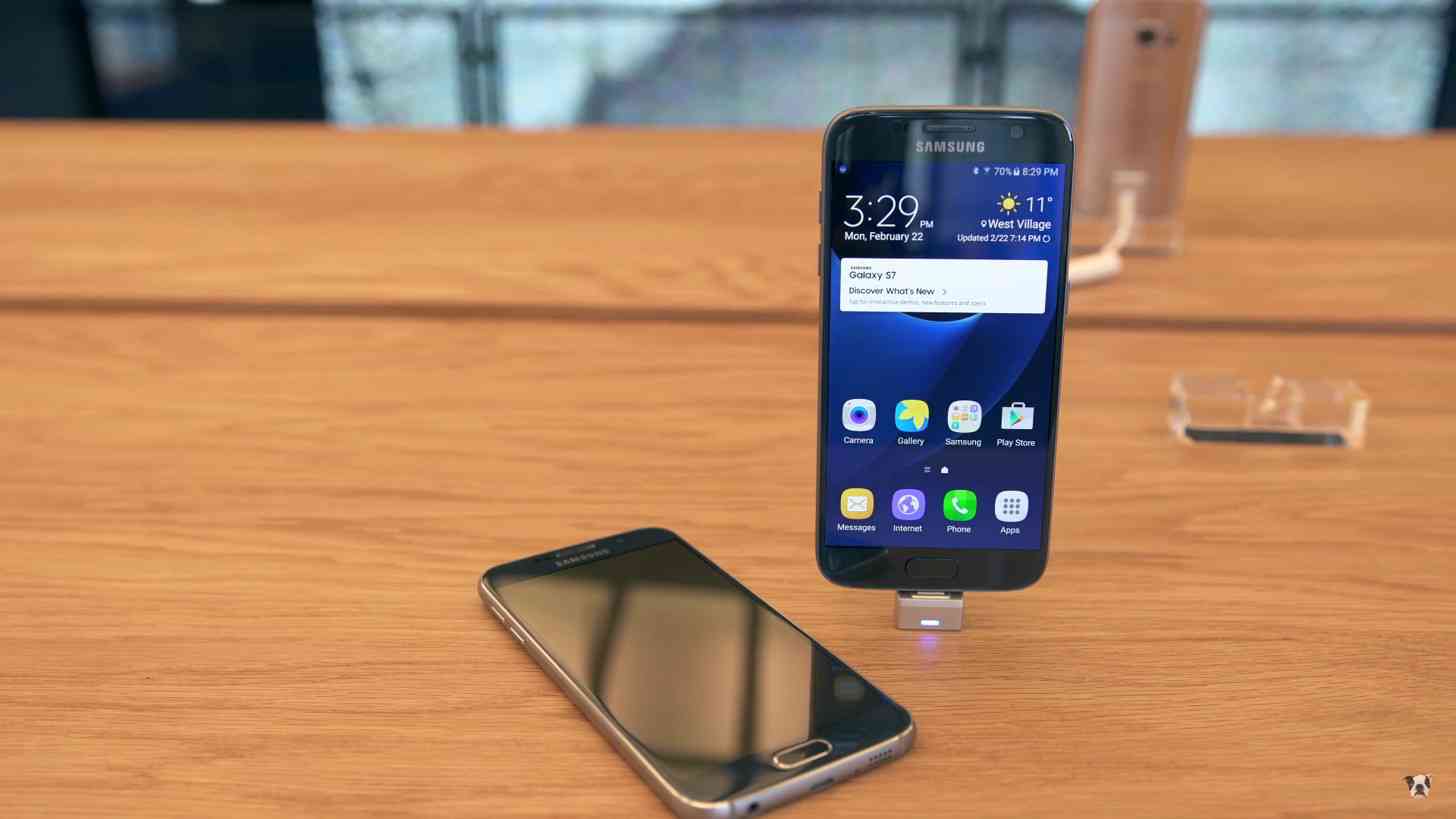
If you had been keeping up with rumors and leaks in the weeks leading up to Sunday’s official reveal of Samsung’s Galaxy S7, you probably weren’t surprised to see that both the Galaxy S7 and the S7 Edge look nearly identical to last year’s Galaxy S6 duo. But even if you decided to skip over the rumors this time around, it wasn’t much of a surprise that Samsung would keep the same design for at least one extra year.
It’s a risky move to keep the same smartphone design these days. Since innovation seems to be at a standstill – at least when compared to 4 or 5 years ago - hardware design is one of the biggest appeals when it comes to differentiating smartphones. This rings particularly true for Android devices, where any company can bring their own “version” of the OS to the table. In an endless sea of Android devices, a company has to make their smartphone stand out in order to gain attention.
The Samsung Galaxy S, one of the most popular smartphone flagships on the market, has undergone plenty of changes over the past several years. The first Samsung Galaxy S devices used plastic casing. The Samsung Galaxy S III was the first device that used polycarbonate plastic, which – while still plastic – is a stronger material. The use of polycarbonate was used on both the Galaxy S4 and the Galaxy S5. When the Galaxy S6 surfaced last year, everything changed.
While Samsung’s Galaxy S line had already made a name for itself and even broke records prior to the Galaxy S6, it was clear that people expected more out of their Android flagships. Thanks to the introduction of the premium metal unibody design of the HTC One M7 back in 2013, there was an unspoken shift in what people could expect out of the design of an Android device. Not only could Android devices now compete with the almighty iPhone in terms of performance, but they could also compete in terms of premium design.

As a result, Samsung’s “organic” design with the polycarbonate plastic became “cheap” and, for many people, undesirable.
With Samsung being in the position they were in, it was no surprise that 2 years after the One M7 they came up with a design that was not only attractive, but unique. Instead of polycarbonate housing, the Galaxy S6 was housed in a mix of metal and glass in a cutting-edge design. The Galaxy S6 Edge was almost identical, except for the fact that the edges rounded over to create the illusion of a nearly bezel-less display.
But despite the drastic change that came with the Galaxy S6, disappointing sales of both devices followed. As a result, Samsung ended up reducing the cost of the devices in order to spur sales.
It’s hard to say why the Samsung Galaxy S6 didn’t sell well compared to its predecessors. I think the actual design change itself was good for Samsung; however, I think the loss of removable battery and microSD card may have been the bigger issue at hand. Additionally, it seems like people are able to stay happier with their smartphones for longer periods of time. My iPhone 6 is coming up on 2 years old this year in September, and I’m still quite happy with its performance. When people are happy, there isn’t much need to constantly upgrade.
I’m intrigued to see how well the Galaxy S7 will sell this year. As for its design, I would have been surprised if Samsung had changed it this year. The choice to move away from polycarbonate last year was probably in Samsung’s best interest, as it was a vocalized reason as to why people were losing interest in Samsung’s flagship devices. On the other hand, Samsung may need to carefully consider whether to recycle the same design again next year – we can see how quickly a recycled design, no matter how beautiful it is, can be tiresome to people. Just take a look at how quickly HTC’s One series went from hero to zero in the span of 2 years.
Readers, what are your thoughts on Samsung’s decision to keep the same design from last year’s Galaxy S6 for the Galaxy S7? Are you happy with Samsung’s revamped design, or were you happier with the older polycarbonate design?